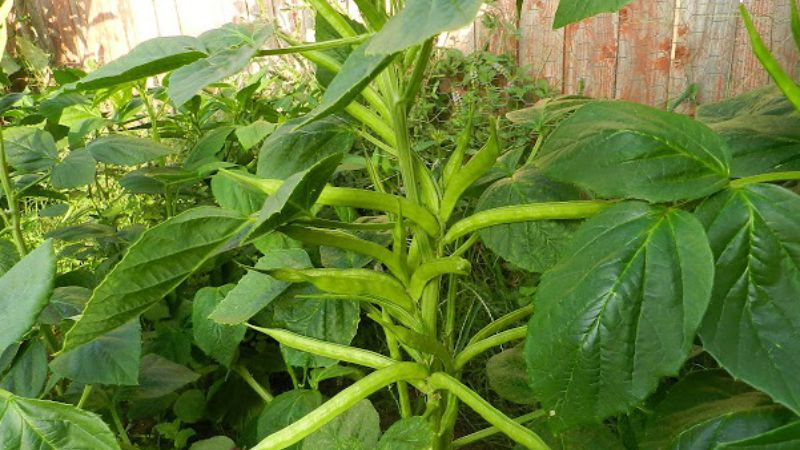For global annual Guar production, India accounts for 80% of the crop yield beside Pakistan that has about 20% share for it. In India, Rajasthan, Haryana and Gujarat have the most suitable weather and soil conditions fit for farming. The stretch further pulls up in North West across the adjoining border of Pakistan and includes Punjab and Sindh areas across the India-Pakistan border. India has a bigger coverage and thus a higher yield. Additionally, fair trading practices coupled with better seeds and crop management have positioned India as the major supplier of Guar gum in the global market.
Farmers consider it as one of the safest crop option for various reasons. It doesn’t need much care, no fertilizers and requires less water than other crops. It can sustain and absorb a little extra rainfall too. Not just that, it improves the land for nitrogen content as well and that makes it a crop of choice in mix of other crops if the farmer chooses to opt for crop rotation.
In Major areas, Guar is a rain-fed crop but wherever there is canal irrigation Guar farming is possible. In Haryana and Rajasthan, it is advantageous for sowing in right time. Such crops get great support and prove to be higher yielding.
Since Guar crop demands less water, risk against bad or delayed monsoon are minimum but can’t be denied. The crop is usually sown after first monsoon rainfall in early to mid July. In late monsoon it becomes a good option even until late July. It requires a growing period of about 14-16 weeks and is ready for harvest in late October to early November. Monsoon rainfall largely influences the Guar crop size and condition from year to year.
According to the current conditions of guar crops in India, it can be said that this year (2019), there will an average yield of Guar. As on 08th August, the sowing of guar seeds has been completed on 24,24,200 hectares of area. The agricultural department of Rajasthan had targeted Guar sowing on 31,00,000 hectares. This means that only 78.2% of the targeted sowing has been achieved for this year but, this is still close to average of last year (98%). The main reason for this is the delay in rainfall. As there was a delay, farmers best choice became Guar but they still tried mix crop pattern to remain in advance conditions in any case. We are not expecting a very big size crop and this will have to be supported with carry-over from previous years in order to meet global demand.
Prices of guar are largely dependent on the production of guar crops, which are affected by rainfall, other climate conditions and price of Guar at sowing time. This is now leading to a highly speculative situation now. As Guar has been one of the major agricultural interest and commodity being traded on the futures platform, the volatility of Guar will certainly prove to be very difficult to make long term predictions.
Another factor that may be affecting guar prices is crude oil prices. Traders think, if oil price is high, Guar price shall go further higher however, in reality there is no connection of Guar price and Oil price. It is just a matter of sentiments and efforts of people diverting guar price in side of their benefits.
Whatever be the international and domestic situations, one thing is for sure and that is guar gum is here to stay and serve the world. It has wide-reaching effects on our daily lives. At the forefront of this is Sarda Biopolymers. With over 50 years of experience, we at Sarda Biopolymers are truly ‘gum specialists’. Our local specialties are perfect for exploring global opportunities as evident from our global network built over the last 50 years. We value our customers and are tireless efforts are committed to serving food, feed, and industrial applications worldwide.
